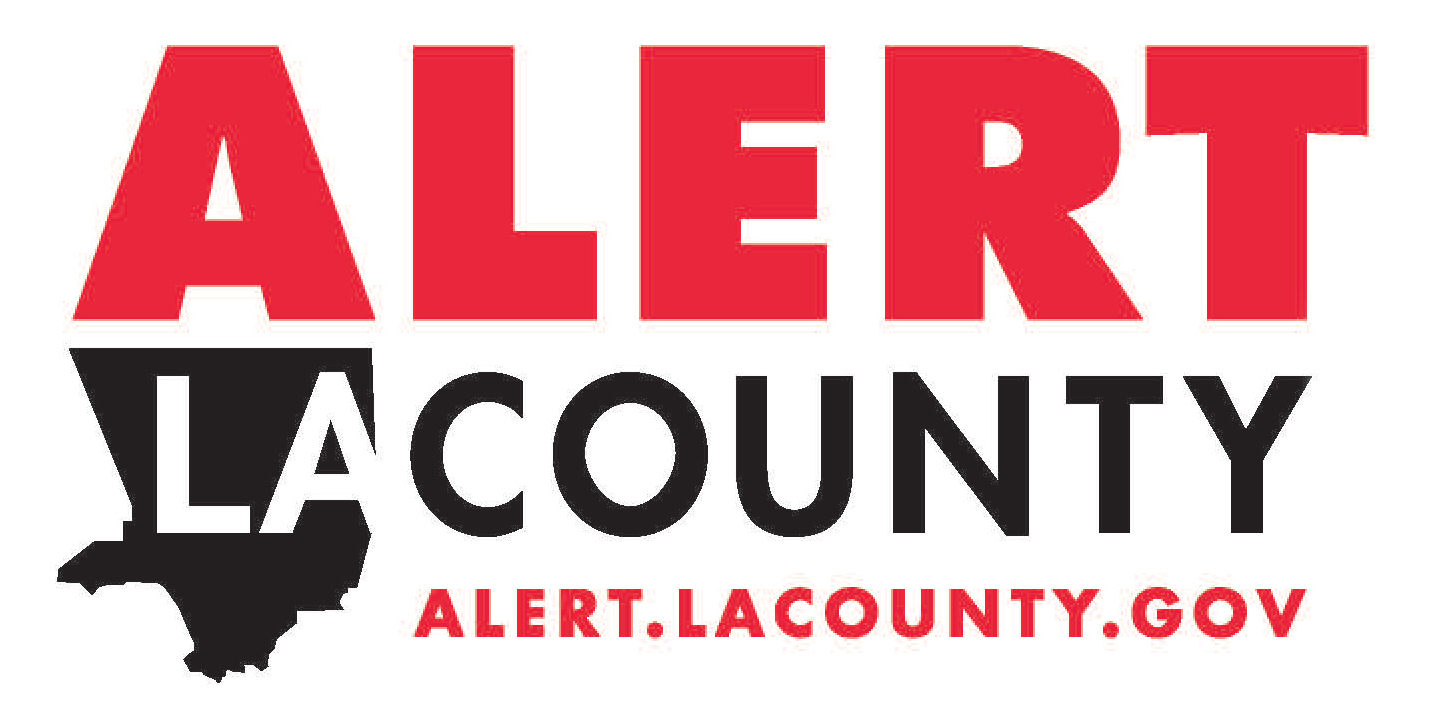
COVID-19 Coronavirus
LAEPF closely monitored the COVID-19 Coronavirus pandemic that originated in Wuhan, China and spread across the globe.
This page contains useful resources and information on the outbreak.
Our response
LAEPF supported American Red Cross volunteers for the Los Angeles Unified School District at points of distribution.
LAEPF supported the Los Angeles Police Department in their response to the outbreak.
LAEPF conducted business sector briefings on the COVID-19 Coronavirus.
We partnered with Food Love by Freshlunches to provide healthy, delicious pre-made meals to those in our community most at risk for the COVID-19 Coronavirus.
Support our ongoing efforts in the COVID-19 outbreak by making a tax-deductible donation today.
COVID-19 on our Blog
Resources
Sign up for emergency alerts
Los Angeles County
Los Angeles City
Ventura County
Orange County
Santa Barbara County
Riverside County
San Bernardino County
San Diego County
Additional resources
211 LA is the central source for providing information and referrals for emergencies, health and human services, and shelter in LA County. Their 2-1-1 phone line is open 24 hours, 7 days a week.
Ready LA County is a county-managed resource for disasters and emergencies. Includes current information for active events as well as preparedness resources for many types of disasters.
The LA County Emergency Survival Guide will help you to better prepare for, respond to and recover from disasters. Prepared by the LA County Office of Emergency Management.

















